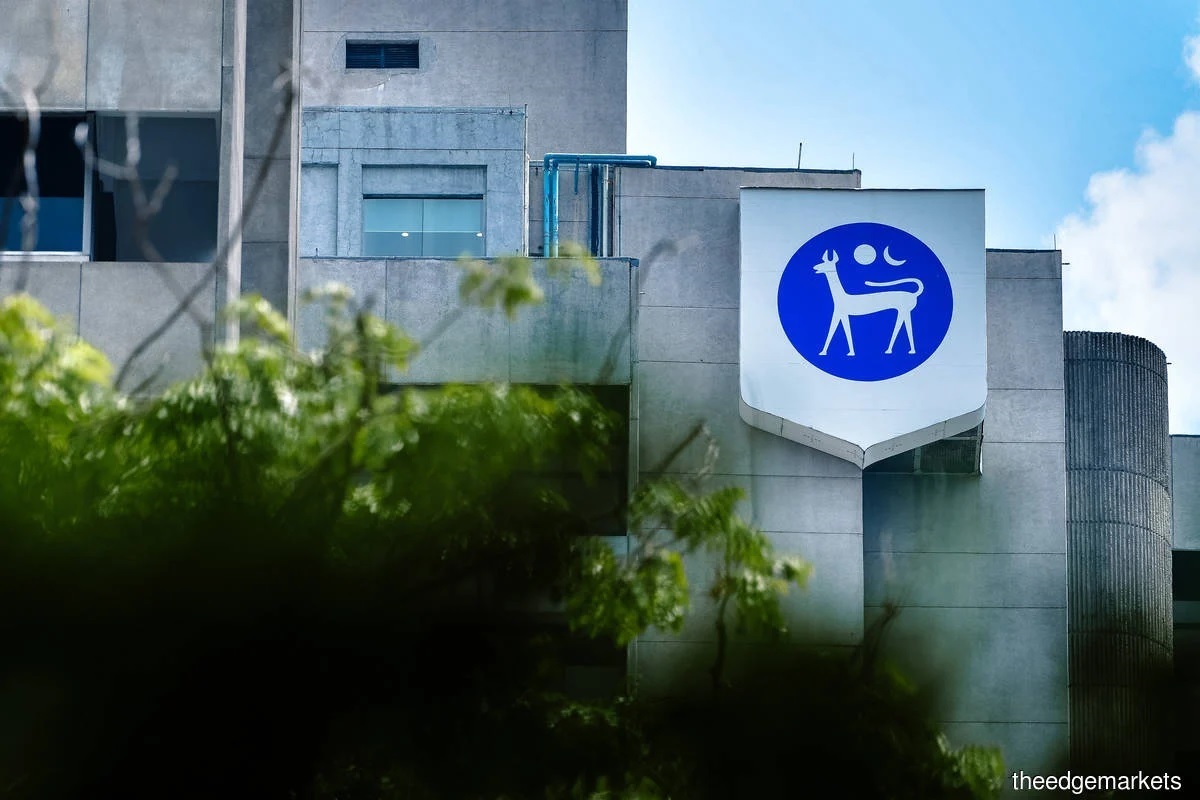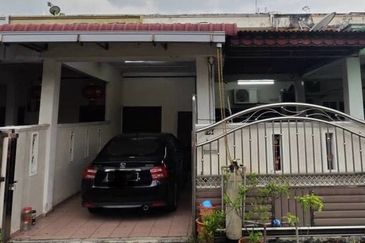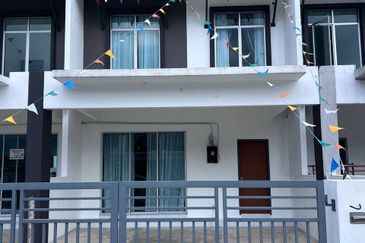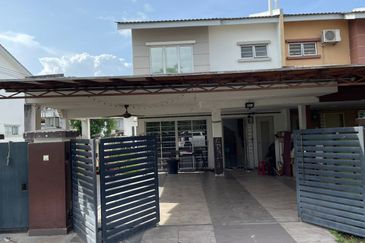
- Australia and New Zealand Banking Group (ANZ Research) in a note said BNM has historically only made back-to-back cuts during major shocks such as the Covid-19 pandemic or the Global Financial Crisis.
KUALA LUMPUR (July 10): Economists were divided on whether Bank Negara Malaysia’s (BNM) first rate cut since July 2020 marks the start of a rate cut cycle, with most expecting no further cuts this year despite an expected slowdown in growth. BNM lowered the overnight policy rate by 25 basis points to 2.75% on Wednesday.
Australia and New Zealand Banking Group (ANZ Research) in a note said BNM has historically only made back-to-back cuts during major shocks such as the Covid-19 pandemic or the Global Financial Crisis.
“We would, however, closely monitor if slowing export growth starts to materially permeate through income growth and household consumption,” ANZ said.
MIDF Research said the rate cut represents a pre-emptive move to support the economy, as it sees slower growth in the second half of the year due to possible US tariffs and a slowdown in sectors like semiconductors.
"While the impact from policy rate adjustments typically have around 12 to 14 months of lagged effect to fully affect the economy, historically BNM will only reduce OPR below the 3.00% level during economic crises,” MIDF said. It said targeted support for specific industries is a better option than more rate cuts, at least for the rest of the year.
CIMB Treasury and Markets Research said the likelihood of another OPR cut beyond July “will hinge on incoming data, particularly related to growth and trade dynamics”. While trade uncertainty is expected to persist, it noted that the domestic economy remains underpinned by strong fundamentals.
“The unemployment rate declining to 3.0% signals firm underlying conditions,” CIMB said, adding that headline inflation remains contained at 2.2%, while the ringgit’s 5.2% year-to-date appreciation is helping to ease imported cost pressures.
“These dynamics suggest there is sufficient policy space should downside risks to growth intensify further in 2H2025,” it added.
In a note on Wednesday, UOB Global Economics & Markets Research similarly labelled the rate cut a pre-emptive measure aimed at preserving Malaysia’s steady growth path amid moderate inflation prospects.
The decision, UOB added, reflects "a shift in policy tone toward safeguarding growth momentum”. As such, the research house noted that the more cautious tone in BNM’s policy statement signalled continued policy flexibility, leaving room for another 25 basis points reduction should downside risks intensify.
"In sum, the current risk assessment and economic landscapes still support our view for an additional 25 bps cut in the OPR to 2.50% by end-4Q2025," it said.
Echoing this sentiment, OCBC Global Markets Research noted that the policy statement was "dovish with BNM citing downside risks to growth and 'contained' inflation".
"We do not believe this [cut is] ‘one and done’ and expect another 25 bps cut either at the Sept 4 or Nov 6 meeting," it added.
Dovish pivot amid global trade tensions
The rate cut came as external risks grew, with economists pointing to rising tariff concerns after US President Donald Trump unexpectedly announced a 25% import tariff on all Malaysian goods, creating new uncertainty for Malaysia’s trade outlook.
Malaysia is still in talks with the US before the August 1 deadline, but worries about the economic impact remain.
"Despite external uncertainties surrounding tariffs and geopolitical tensions, BNM remains constructive and anticipates continued growth in both global and domestic," UOB noted.
"That said, the MPC highlighted that the balance of risks to the growth outlook remains tilted to the downside, mainly emanating from a slower global trade, weaker sentiment, as well as lower-than-expected commodity production," it added.
OCBC similarly observed that Malaysia's economic growth momentum is expected to slow sharply to 3.6% in the second half of 2025 from a projected 4.3% in the first half, if tariffs are implemented on August 1 at a rate of 25% with no exemptions.
"Moreover, we expect this will be a drag on domestic demand, which has held up in 1H2025," it added.
BNM left the statutory reserve requirement (SRR) level unchanged at the July 9 meeting. In May, BNM made a surprise move to lower the SRR by 100 basis points to 1% — the lowest since 2011—injecting about RM19 billion into the banking system.
The MPC will next meet on September 3-4 and again on November 5-6.
BNM last raised the OPR in May 2023 by 25bps, bringing it to 3%. That hike capped a series of rate increases following the pandemic-era low of 1.75%, set in July 2020.
Does Malaysia have what it takes to become a Blue Zone, marked by health and longevity? Download a copy of EdgeProp’s Blueprint for Wellness to check out townships that are paving the path towards that.
TOP PICKS BY EDGEPROP

Kota Kemuning New Launch Resort Themed Condo 4 bedroom! Limited unit!
Kota Kemuning, Selangor

Seksyen 25, Shah Alam (Taman Sri Muda)
Shah Alam, Selangor

Seksyen 25, Shah Alam (Taman Sri Muda)
Shah Alam, Selangor

Kota Kemuning [LIMITED Condo 4 Bilik Big Balcony] Monthly 1.7k Dapat!
Kota Kemuning, Selangor

Taman Sri Pelabuhan @ Klang
Port Klang, Selangor

.jpg?NwofudRrglwzEZaDYk9d0.bCdaGAsHfZ)


















